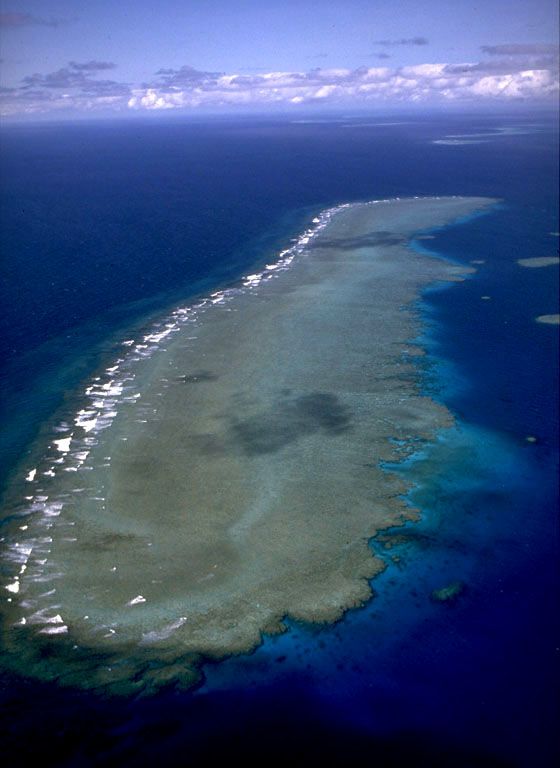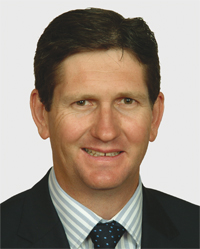But the whole 'debate' (which as yet it isn't, at least in a public sense) has morphed into yet another political tsunami, built up as ever by the current government's aspirational approach to major projects Implementation? What's that?) and MSM fervour.
An old university friend of mine who ended up heading one of our most revered federal government departments before he retired, one of the genuinely brightest and deepest thinking people I have ever known, sent me this comment a day or so ago:
"I have been reading quite a lot about this policy and there are many areas of concern, notwithstanding considerable sympathy for the disabled. It has been under review since the famous Rudd Summit, but the implementation proposals now seem rushed, for obvious political reasons.
Basically it is proposed to double the average support from about $15,000 per person (now) to about $30,000 per person, very quickly. With inflation over the next few years the latter figure will rise to $50,000 per person.......whew! The total cost, as envisaged, will rise very rapidly to match the total cost of Medicare......again, whew!
Is this manageable in a short time span? One has to doubt it. (There has been mention of)
about 1000 public servants being required, but that is just for 'administration'.
There will also be some 6000-8000 Local Area Coordinators, or case officers, to do the face to face work with the disabled. Where will these people come from, training, etc....?
There are many issues still around (such as exclusion of the aged, see below - al). That one is pretty messy.
Others include 'scope creep' and general pressure to extend coverage in various ways, with enormous cost implications. For a very interesting and comprehensive update on all of the serious issues, have a look at this CIS review document, particularly about pages 23 and 24. The mainstream media has avoided focusing on these issues, being more pre-occupied with the superficial politics of the issue.
Politics has pushed this idea ahead of more careful consideration, and the Coalition has (cleverly or cunningly) gone along with it, to avoid being wedged in the election campaign.
If the Coalition takes Government in September, there may well be some careful re-calibration of scope, coverage and pace of implementation, perhaps in the light of info from the various trials now underway. That would be sensible.
http://www.cis.org.au/images/stories/policy-monographs/pm-131.pdf "
Here is a further comment (I can't name the source) on the issue of Who may be excluded from the envisaged scheme. All very sobering stuff indeed:
"NDIS- Age 65 and
over not covered?
The National
Disability Insurance Scheme which we will all be paying for is going before
Parliament at present. I was listening to a panel discussion last Friday and was
curious as to why the CEO of Disability Services Australia was less than
enthusiastic about the Scheme in its present form. It was pointed out that
anyone 65 years or older would not be covered by the scheme, the reason being it
would make the scheme cost prohibitive (given an aging population etc). If you
have a disability at the time you reach 65 years of age you will be covered for
the benefits of the scheme when you pass age 65. If you become disabled at age
65 or over you will not be covered and there is no other safety net scheme to
provide support and services other than present State and private Health
Insurance product/services.
The Disability Services
representative on the panel pointed out that a large number of disability cases
in the community affect elderly people who by misfortune have a stroke leading
to partial or greater permanent disability, folk with bone degenerative disease,
osteoporosis etc, other degenerative disease- Dementia, Parkinson’s and the
like - plus serious accidental- broken hips, etc. From age 65 and older none of
these people are covered and as was pointed out the impact of this exclusion
would include large numbers of baby boomers, parents and grandparents of the
current 25-40 year olds.
I have not heard one mention of this exclusion from any
of the Politicians from both sides. What was mentioned from a legal participant
in last Friday’s panel discussion was that the Federal Government tinkered
carefully with the title of NDIS, so as to have a loop hole against future
litigation for discriminating against a section of the Australian population
with a Nationally funded program. Apparently the trick is in the use of the word
“Insurance” in the scheme.
My own view is that while
the concept of an NDIS is laudable, I question why in main younger 30-40 year
olds are paying an increased Medicare levy to fund a scheme that would not cover
their parents and elderly dear ones, in the event of disability. In the age 30
to 40 group young people are career focused, have a lot of cost in their lives,
getting established with a house, raising young children etc, so the scheme
should be funded from consolidated revenue and not yet another levy. They also
mentioned in the panel discussion that around 1000 Commonwealth Public Service
FTE’s would be required to administer the Scheme from Canberra, again I have
great concern about the efficiency of this, given the present Federal
Government's track record with the Home Insulation Program, Better Schools
Program, management of Australian Border Protection and the
like......."
As I said, I don't know the source of this opinon, which was forwarded to me. It is certainly worth thinking about.
Cheers
al
























